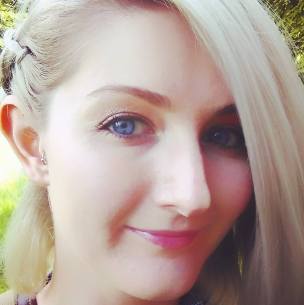
Catriona’s interest in plants began during her undergraduate degree at the University of Stirling (2008-2012), when she worked in Mario Vallejo-Marín’s lab, examining the floral morphological evolution in Solanum spp. A brief summer studying bumblebee preferences for flowers of different colours at the University of Jyvaskyla, Finland (2012) confirmed that plants are less likely to fly away while being studied, and therefore the preference for plants was firmly cemented. During 2013, she returned to the Vallejo-Marín lab to work as a technician, before she moved to the University of Glasgow (2013-2014) to pursue her MRes in Plant Sciences. Her time in Glasgow allowed her to realise that what she really wanted to do was “something to do with crops”. This desire prompted a move to Hereford to work for agricultural consultancy ADAS (2014-2016), where she worked as a Crop Pathologist, with a focus on the foliar pathogens of wheat and oilseed rape. She moved to Leeds at the end of 2016, to be able to do “something with crops, but a bit more lab-focussed”.
Catriona joined Tom Bennett’s lab in June 2015 having been assured she would be allowed to work on crop species, in a lab. She joined as a technician and transitioned to PhD student in October 2018. Her work centres around carpic dominance – the mechanism(s) controlling seed set – using a variety of species and techniques (most of which seem to involve some sort of counting – she’s very good at counting). She is also interested in the mechanisms underlying floral architecture and floral arrest and is developing systems to examine these traits. She is currently working with Arabidopsis and oilseed rape, however also works with wheat, barley, peas and anything else she can get her hands on.